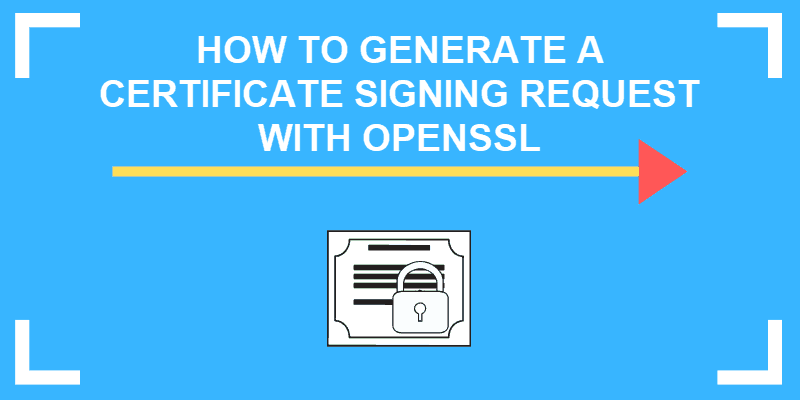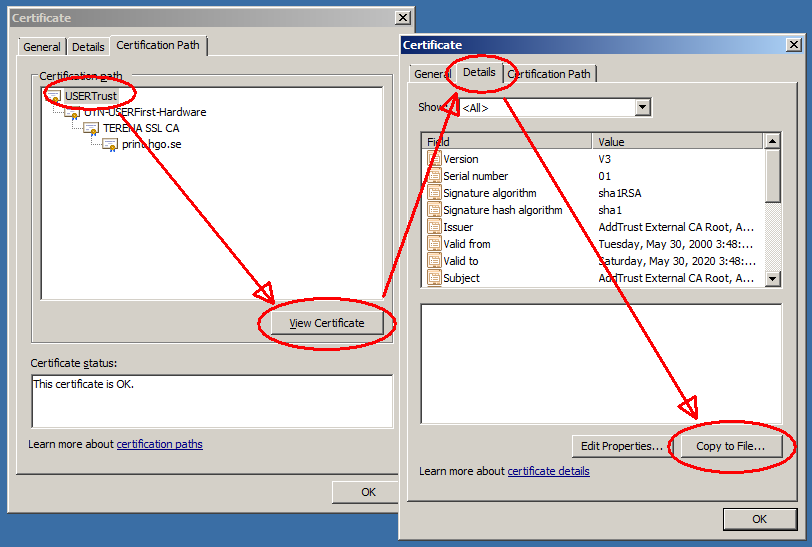
If (tmpString.find('\n') = string::npos)īio = BIO_new_mem_buf(tmpString.c_str(), tmpString. Vector Base64toBin(const char* strBase64) The thing is (and it was determined while debugging under Microsoft Visual C++), when static function b64_read() in bio_b64.c works, it looks for a ‘\n’ character in text and does decoding only if this symbol exists.Īs base64 decoding function in any application is usually called many times, we propose to implement it as a function: We found it is possible, but it has some unexpected issue. The other thing is, if is it possible and if is it easy to utilize that encoding. That means, it has base64 encoding and decoding. See P7B and PKCS12 descriptions above.OpenSSL library works with base64-encoded strings as a part of its public keys infrastructure, for example. Openssl pkcs12 -export -in certname.cer -inkey privateKey.key -out cername.pfx -certfile cacert.cer STEP 2: Convert CER and Private Key to PFX Openssl pkcs7 -print_certs -in certname.p7b -out certname.cer The PKCS #8 private key may be encrypted with a passphrase using the PKCS #5 standards, which supports multiple ciphers. PKCS #8 is one of the family of standards called Public-Key Cryptography Standards (PKCS) created by RSA Laboratories. In cryptography, PKCS #8 is a standard syntax for storing private key information. OpenSSL pkcs8 -in certname.pem -topk8 -nocrypt -out certname.pk8 Openssl pkcs12 -in certname.pfx -nocerts -nodes -out certname.pem This requires two steps first we convert from PKCS12 (pfx) to PEM and then from PEM to PKCS8 Rather, a CA creates the CSR on behalf of the customer during the certificate application process. PKCS#12 removes the need for the customer to create their own CSR. Certificate signing request (CSR) generation remains one of the consistent problem areas faced by customers wishing to secure their server. pfx file is a file which contains both private key and X.509 certificate, ready to be installed by the customer into servers such as IIS, Tomkat or Exchange. Openssl pkcs12 -in certname.pfx -out certname.pemĪ PKCS#12 or. Openssl pkcs7 -print_certs -in certname.p7b -out certname.pem

Openssl base64 windows#
The most common platforms that support P7B files are Microsoft Windows and Java Tomcat. Those signatures then needed to be converted to base64. The API required signing every REST request with HMAC SHA256 signatures. I recently went through the processing of creating SDKs for an in house API. A P7B file only contains certificates and chain certificates (Intermediate CAs), not the private key. Examples of creating base64 hashes using HMAC SHA256 in different languages. The PKCS#7 or P7B format is stored in Base64 ASCII format and has a file extension of.

Openssl crl2pkcs7 -nocrl -certfile certname.pem -out certname.p7b -certfile CACert.cer Openssl x509 -inform der -in r -out certname.pem A DER file should not have any BEGIN/END statements and will show garbled binary content. cer, so to differentiate between DER.cer and PEM.cer files, you may need to use a text editor to read the file. Openssl x509 -outform der -in certname.pem -out rĭER files are digital certificates in binary format, instead of the instead of the ASCII PEM format. Generally when a PEM encoded file is opened in a text editor, it contains very distinct headers and footers.

PEM certificates are frequently used for web servers as they can easily be translated into readable data using a simple text editor. PEM or Privacy Enhanced Mail is a Base64 encoded DER certificate. Openssl x509 -in certname.cer -outform PEM -out certname.pemĪn X.509 certificate is a digital certificate based on the International Telecommunications Union (ITU) X.509 standard, which defines the format of public key infrastructure (PKI) certificates.
Openssl base64 install#
The easiest way in my opinion is to install Ubuntu on Windows 10 (I have an article coming on that soon, but it is very simple). Some have installed it on Windows but I do not trust some of the sources for it. OpenSSL is available on all Linux distros as well as macOS. During the course of most security administrator’s life, you will inevitably need to convert certificates from certain formats to other formats.


 0 kommentar(er)
0 kommentar(er)
